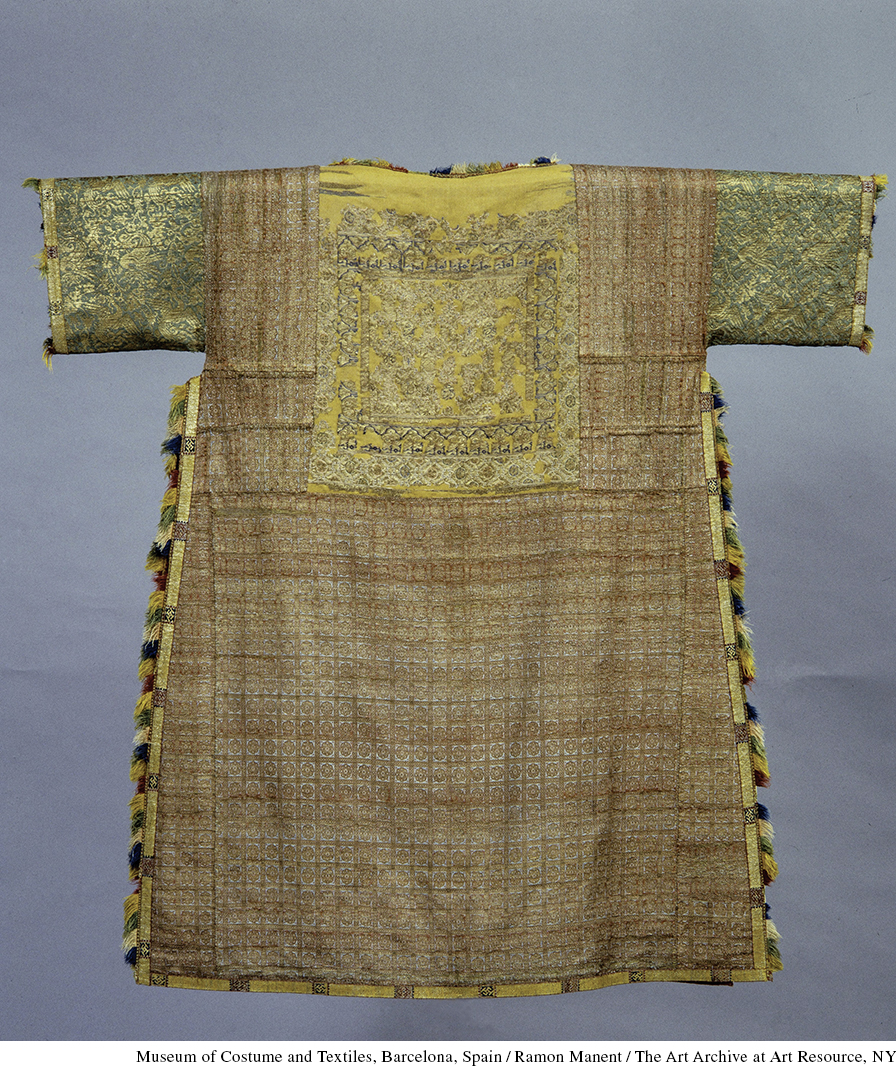The Sweep of Reform
The Sweep of Reform
Church reform involved much more than the clash of popes, emperors, and their supporters. It penetrated into the daily lives of ordinary Christians. It inspired new ways to think about church personnel such as the priests and about church institutions such as the sacraments. It brought about a new systemization of church law, changed the way the papacy operated, inspired new monastic orders dedicated to poverty, and led to the crusades.
The sacraments were, in the Catholic church’s terminology, the regular means by which God’s heavenly grace infused mundane existence. They included rites such as baptism, the Eucharist (holy communion), and marriage. But this did not mean that Christians were clear about how many sacraments there were, how they worked, or even what their significance was. Eleventh-century church reformers began the process—which would continue into the thirteenth century—of emphasizing the importance of the sacraments and the special nature of the priest, whose chief role was to administer them.
Marriage, for example, became a sacrament only after the Gregorian reform. Before the twelfth century, priests had little to do with weddings, which were family affairs. After the twelfth century, however, priests were expected to consecrate marriages. Churchmen also began to assume jurisdiction over marital disputes, not simply in cases involving royalty (as they had always done) but also in those involving lesser aristocrats. The clergy’s prohibition of marriage partners as distant as seventh cousins (since marriage between cousins was considered incest) had the potential to control dynastic alliances.
At the same time, churchmen began to stress the sanctity of marriage. Hugh of St. Victor, a twelfth-century scholar, dwelled on the sacramental meaning of marriage:
Can you find anything else in marriage except conjugal society which makes it sacred and by which you can assert that it is holy? . . . Each shall be to the other as a same self in all sincere love, all careful solicitude, every kindness of affection, in constant compassion, unflagging consolation, and faithful devotedness.
In other words, Hugh saw marriage as a matter of Christian love.
The reformers also proclaimed the special importance of the sacrament of the Eucharist, received by eating the wafer (the body of Christ) and drinking wine (the blood of Christ) during the Mass. Gregory VII called the Mass “the greatest thing in the Christian religion.” No layman, regardless of how powerful, and no woman of any class or status at all could perform anything equal to it, for the Mass was the key to salvation.
The new emphasis on the sacraments, along with a desire to distinguish the clergy more clearly from the laity, led to vigorous enforcement of an old element of church discipline: the celibacy of priests. The demand for a celibate clergy had far-reaching significance for the history of the church. It distanced western clerics even further from their eastern Orthodox counterparts (who did not practice celibacy), exacerbating the east–west church schism of 1054. It also broke with local practices in places where clerical marriage was customary. Undaunted, the reformers persisted, and in 1123 the pope proclaimed all clerical marriages invalid.
Clerics found other ways to distinguish themselves from the laity. Even before the Investiture Conflict, bishops made their power, prestige, and holiness visible by wearing gorgeous clothing when they carried out their ceremonial roles. Their donning of beautiful garb did not end once the Conflict was over. In fact, in the twelfth and thirteenth centuries, the practice was extended to members of even the lower clerical orders, such as deacons and subdeacons.

What were the foundations of this new power? Some of it came from the consolidation and imposition of canon, or church, law. These laws had begun simply as rules determined at church councils. Later they were supplemented with papal declarations. Churchmen had made several attempts to gather together and organize these laws before the eleventh century. But the proliferation of rules during that century, along with the desire of Gregory’s followers to clarify church law as they saw it, made a systematic collection of rules even more necessary. Around 1140, a teacher of canon law named Gratian achieved this goal with a landmark synthesis, the Decretum. Collecting nearly two thousand passages from the decrees of popes and councils as well as the writings of the church fathers, Gratian intended to demonstrate their essential agreement. In fact, his book’s original title was Harmony of Discordant Canons. If he found any discord in his sources, Gratian usually imposed the harmony himself by arguing that the passages dealt with different situations. A bit later, another legal scholar revised and expanded the Decretum, adding ancient Roman law to the mix.
Even while Gratian was writing, the papal curia (government), centered in Rome, resembled a court of law with its own collection agency. In the course of the eleventh and twelfth centuries, the papacy developed a bureaucracy to hear cases, such as disputed elections of bishops. Churchmen went to the papal curia for other purposes as well: to petition for privileges for their monasteries or to be consecrated by the pope. All these services were expensive, requiring lawyers, judges, hearing officers, notaries, and collectors. The lands owned by the papacy were not sufficient to support the growing cost of its administrative apparatus, so the petitioners and litigants themselves had to pay. The pope, with his law courts, bureaucracy, and financial apparatus, had become a monarch.